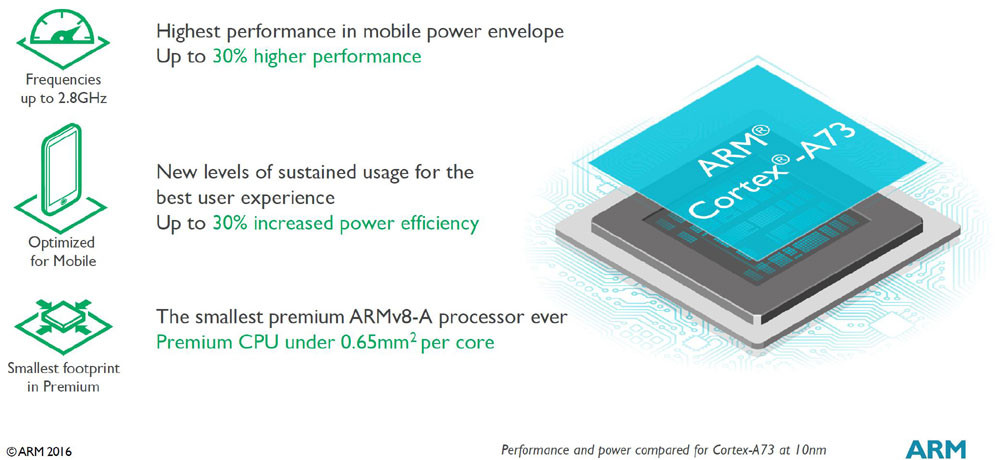
Watching companies compete with each other is fun, but only to a certain point. Let’s take the iPad as an example. When it launched, many people called it a giant iPhone because it was basically iOS on a 9.7 inch screen. Oddly enough, putting Android on 10 inch piece of glass was exactly how Android OEMs reacted to the iPad. When those didn’t sell, because no one wants to spend $500 on an Android tablet, the 7.0 inch tablet was born. Cheaper and easier to differentiate, those actually gained some traction.
Is the same thing about to happen to Intel’s chips?
When Intel promised that they would enter the mobile industry, back in the days when people had to gather their daily drinking water with a bucket from the nearest river, they pitched their silicon as a high-end alternative to the best Qualcomm had to offer. Similar to the iPad scenario, hardware makers wondered why they’d dump Qualcomm and switch to Intel when they didn’t have anything of benefit to offer.
Samsung tried to offer the market an Intel tablet, the Galaxy Tab 3 10.1 inch, but again, it cost upwards of $500, making it silly expensive when it shouldn’t have been. According to DigiTimes, Intel’s next step it to go down market by introducing chips meant for $99 Android tablets. Said tablets should hit the market during the first quarter of 2014.
Will these tablets be any good? When you’re talking about the $99 price point, the chip inside isn’t what makes or breaks the device, it’s the display, so this will be something we’ll have to wait and see before judging.

















